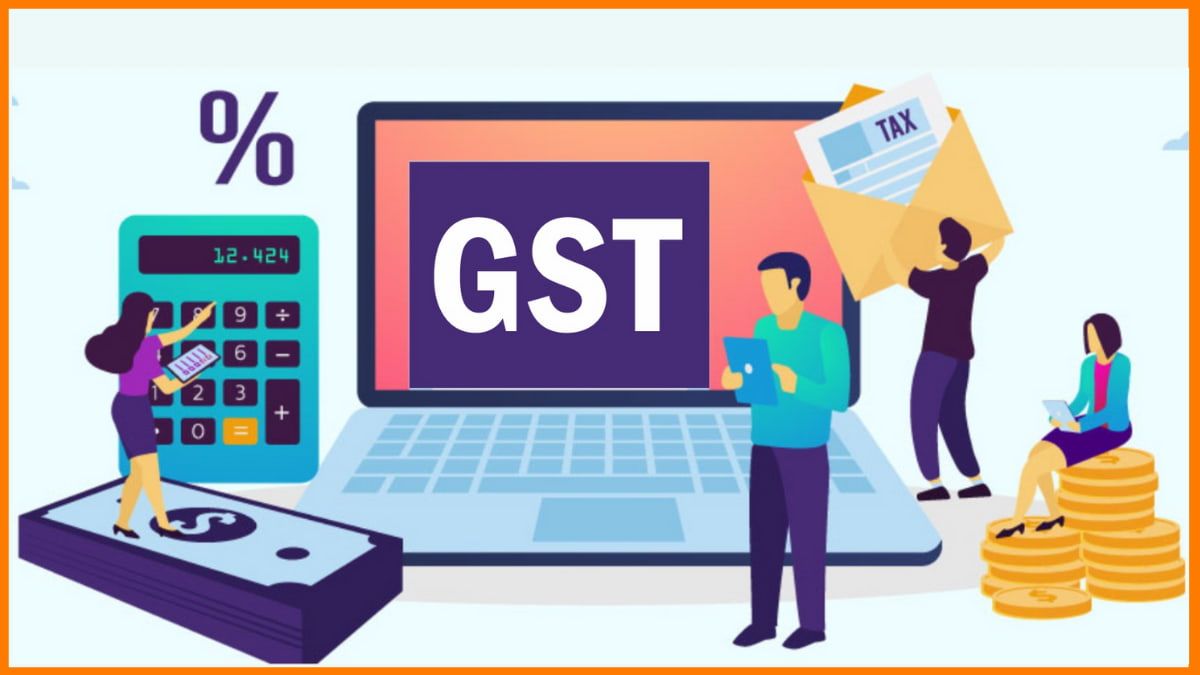Taking Full Advantage Of Tax Performance: Expert Tips on Browsing the GST Enrollment Labyrinth for Small Companies
Browsing the detailed landscape of Goods and Provider Tax (GST) enrollment can be a labyrinthine task for small companies intending to optimize their tax performance. Comprehending the qualification criteria, precise paperwork demands, tactical timing considerations, and skilled registration process ideas can dramatically affect a company's financial standing. Conformity with GST guidelines is paramount, and adhering to best methods can streamline operations and avoid prospective pitfalls. In this conversation, we will certainly explore skilled insights and workable advice that can empower small companies to browse the GST enrollment puzzle effectively and enhance their tax obligation efficiency.
Qualification Requirements
Qualification demands for Small company GST Enrollment encompass particular criteria that companies need to fulfill to abide with tax obligation policies. To receive GST enrollment, an organization must have a yearly turn over exceeding the threshold established by the tax authorities, which varies by nation. In addition, services associated with inter-state supply of services or goods, or those selling items online, may be needed to sign up for GST, regardless of their turnover. It is important for companies to accurately identify their qualification based upon these turn over limits to prevent charges for non-compliance. Singapore GST Registration.

Documents Demands
The required documentation usually consists of proof of company enrollment or address, identification and incorporation proofs of the company owner, pictures, bank account information, and evidence of the major place of company. Additionally, organizations require to give details of their service tasks, consisting of the goods or solutions supplied.
In addition to the mandatory files, organizations may likewise be needed to submit added information based on their certain situations. This can include records connected to partnerships, the authorization of signatures, or any kind of other appropriate contracts. Keeping all necessary documentation arranged and easily accessible can enhance the registration procedure and help businesses abide by the needs effectively - Singapore GST Registration. Failing to give the required documentation might result in delays or perhaps rejection of the GST registration application. As a result, careful interest to information and adherence to the documents standards are vital for a successful GST enrollment procedure for local business.
Timing Factors To Consider
Thinking about the important documents needs have actually been diligently resolved, the following critical aspect for small companies beginning on the GST registration procedure is the critical administration of timing factors to consider. Timing plays a crucial role in GST registration, affecting not just compliance yet likewise financial facets of the business. Little companies require to very carefully plan the timing of their GST enrollment to maximize benefits and minimize prospective dangers.

Furthermore, businesses ought to line up the timing of their GST enrollment with their functional preparedness. Ample prep work, such as upgrading accountancy systems and training staff, is vital to effortlessly incorporate GST needs into everyday procedures. By strategically taking care of timing factors to consider, small companies can navigate the GST enrollment procedure successfully and optimize their tax obligation efficiency.
Enrollment Refine Tips
Effectively browsing the GST registration process needs small organizations to carry out strategic and have a peek at this website positive registration procedure ideas. One vital idea is to make sure all essential records are conveniently available before beginning the enrollment procedure. This consists of organization enrollment records, evidence of address, financial institution statements, and recognition evidence of business owners. Confirming the accuracy of the information provided is similarly vital to avoid hold-ups or beings rejected.
In addition, understanding the limits and needs for GST enrollment based upon the particular state or region where the company operates is vital. Some states have different turn over limits that set off required registration, so being informed regarding these thresholds can aid services prepare in advance.
One more important tip is to think about looking for expert aid from accounting professionals or tax obligation consultants that concentrate on GST enrollment. Their i loved this experience can improve the process, lower errors, and make sure compliance with all guidelines.
Compliance Finest Practices
Little businesses have to prioritize compliance to avoid fines and maintain a good standing with tax authorities. Tiny company proprietors ought to consistently evaluate government standards and look for professional advice if needed to guarantee they are meeting all demands. By integrating these compliance best practices right into their operations, little businesses can browse the complexities of GST registration with confidence and performance.
Verdict
In final thought, small services can navigate the GST registration labyrinth by guaranteeing they satisfy qualification standards, collect called for documents, think about timing ramifications, adhere to enrollment procedure ideas, and stick to compliance best techniques. By making best use of tax obligation effectiveness via correct GST enrollment, organizations can boost their economic management and operations.
Browsing the elaborate landscape of Product and Services Tax Obligation (GST) registration can be a labyrinthine task for small companies aiming to optimize their tax obligation effectiveness.Qualification demands for Small Service GST Registration include specific standards that companies need to fulfill to article source abide with tax obligation guidelines. The called for paperwork commonly consists of evidence of organization registration or unification, identity and address proofs of the company proprietor, pictures, financial institution account information, and evidence of the primary place of organization. Additionally, organizations need to supply details of their company tasks, consisting of the services or products provided.Efficiently navigating the GST enrollment process calls for tiny organizations to carry out aggressive and tactical enrollment procedure pointers.